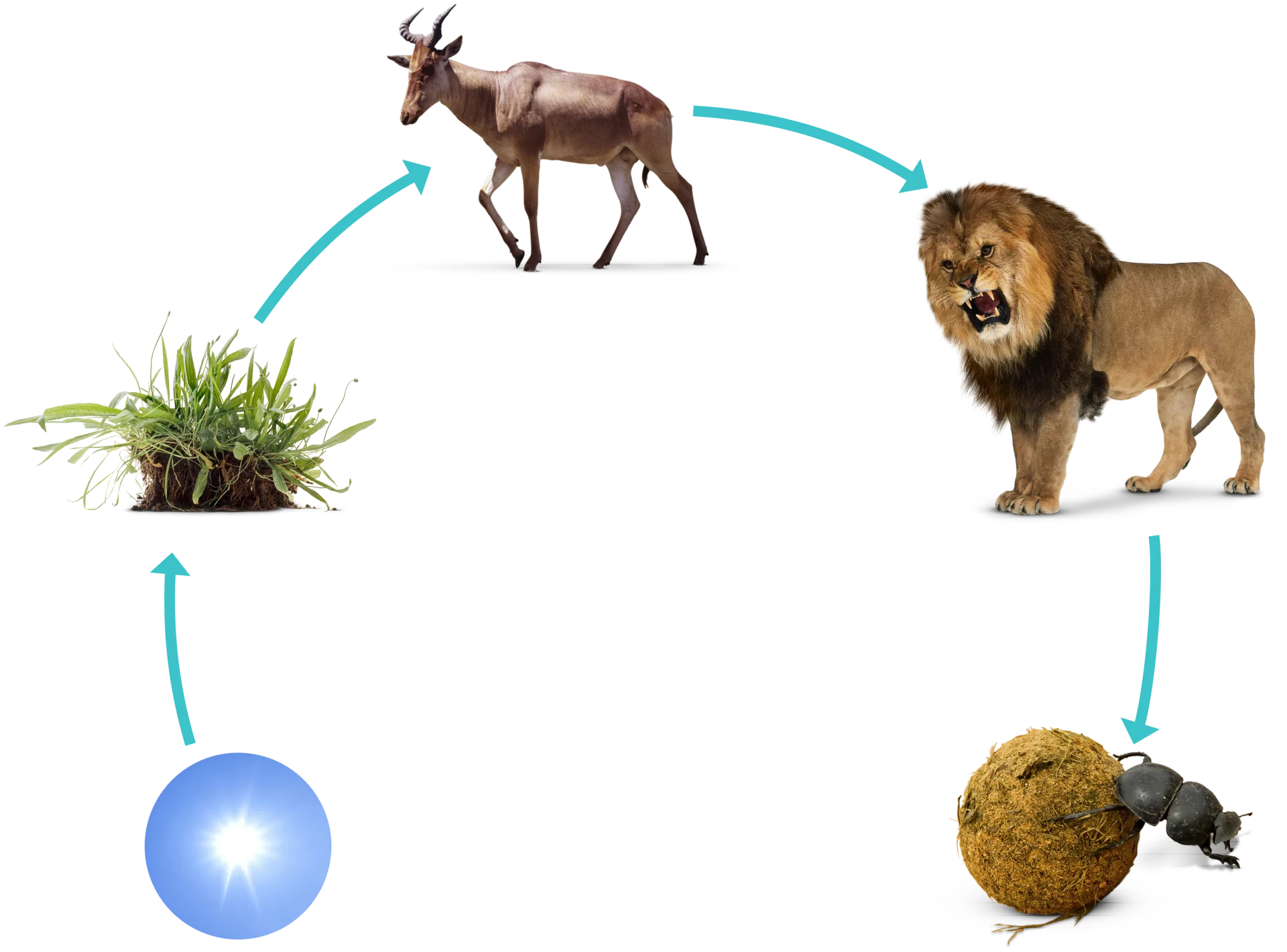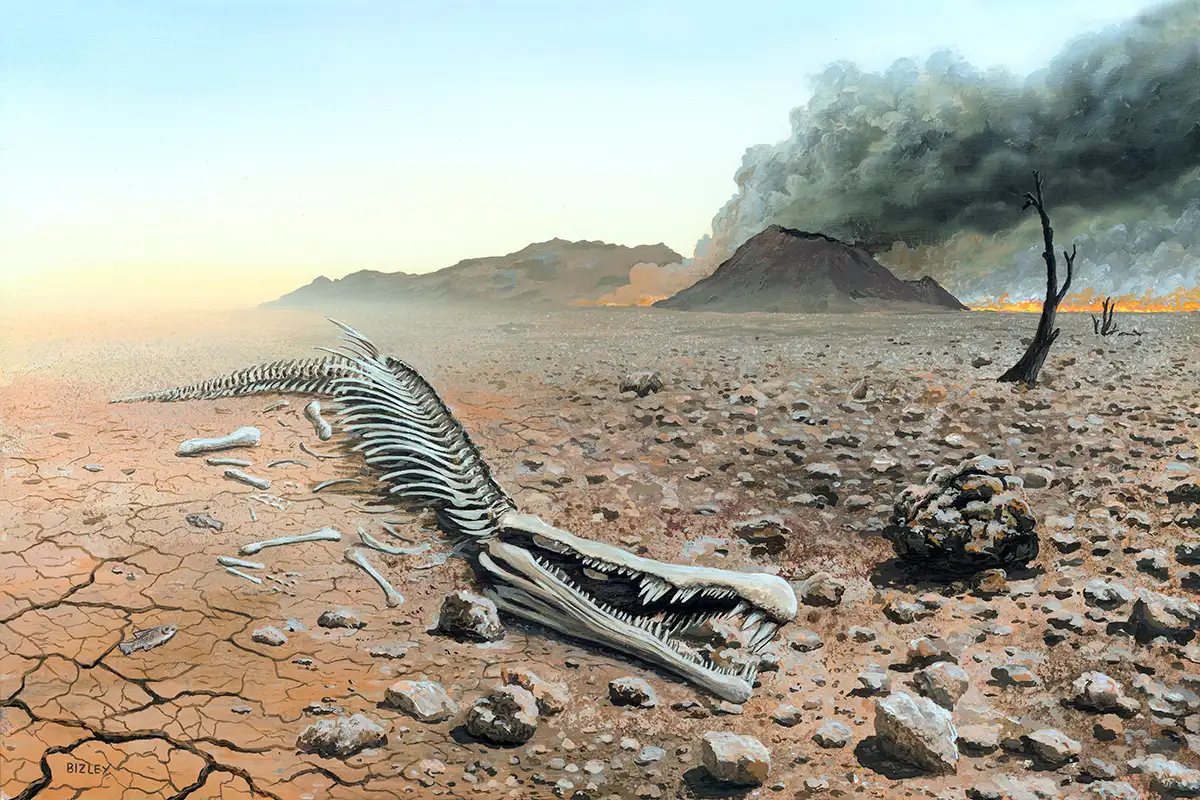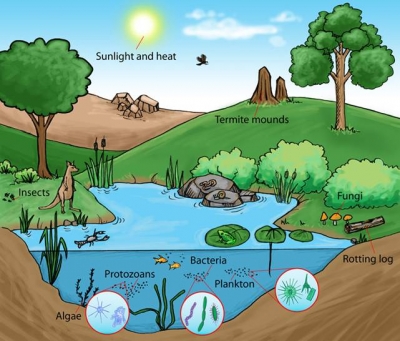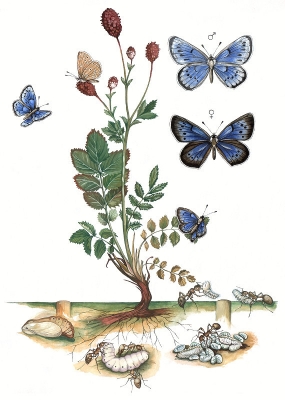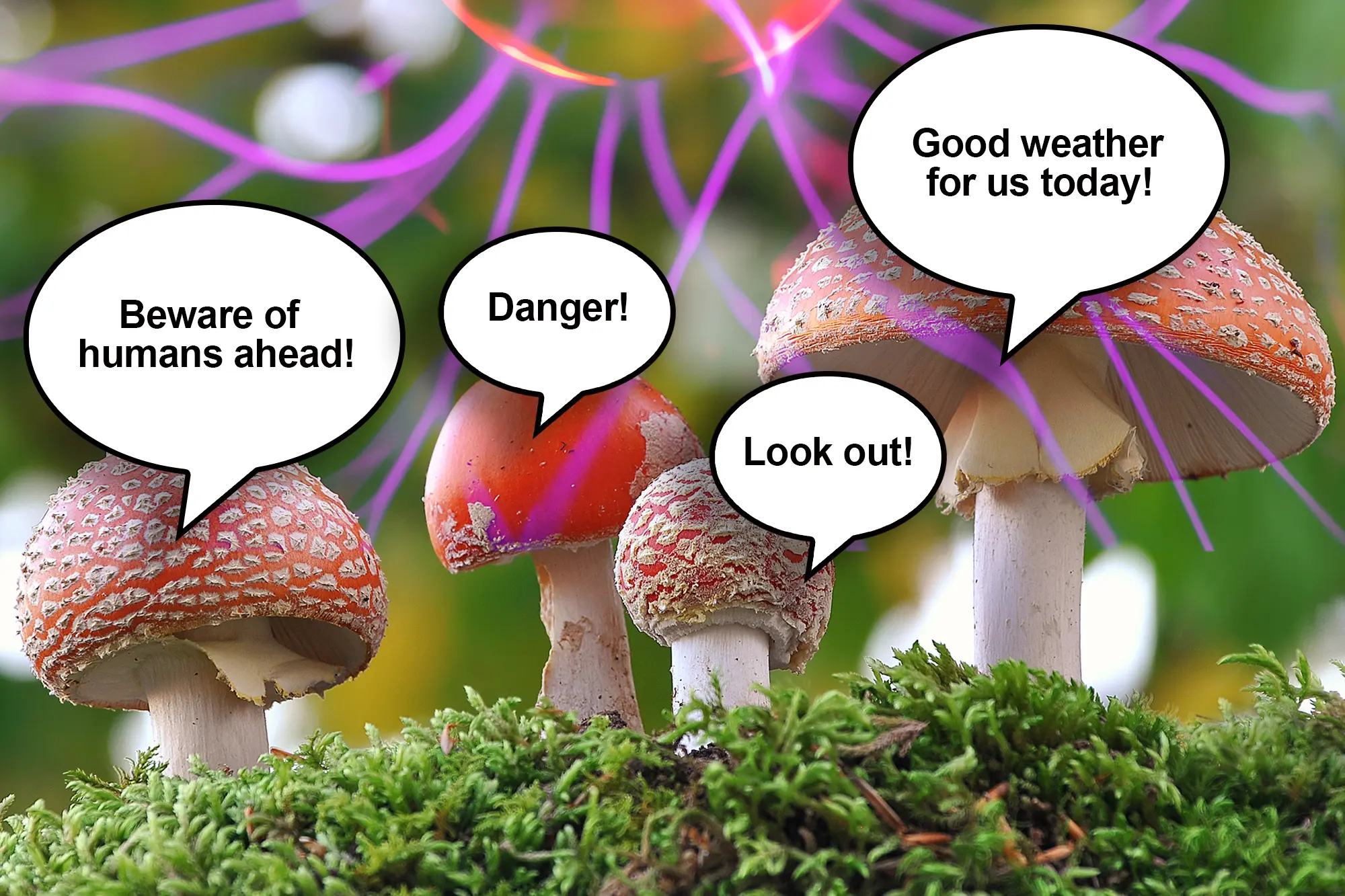WHAT ARE INVASIVE SPECIES?
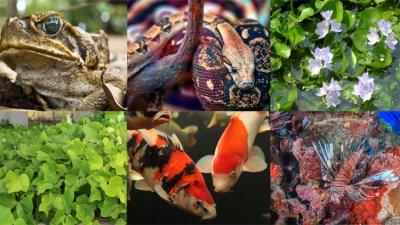
An invasive species is any kind of living organism that is not native to an ecosystem, but grows aggressively and causes harm to it human health and even impacts the economy. Human activity, pet trade, wet markets etc. are common ways in which invasive microbes, plants, animals and other organisms enter new habitats. Most species that are transported to new habitats do not survive for a long period. But some do possess innate advantages over the indigenous species and begin to thrive in the invaded areas.
What Makes a Species "Invasive"?
An invasive species can be any kind of living organism—an amphibian (like the cane toad), plant, insect, fish, fungus, bacteria, or even an organism’s seeds or eggs—that is not native to an ecosystem and causes harm. They can harm the environment, the economy, or even human health. Species that grow and reproduce quickly, and spread aggressively, with potential to cause harm, are given the label “invasive.”
An invasive species does not have to come from another country. For example, lake trout are native to the Great Lakes, but are considered to be an invasive species in Yellowstone Lake in Wyoming because they compete with native cutthroat trout for habitat.
How invasive species spread
Invasive species are primarily spread by human activities, often unintentionally. People, and the goods we use, travel around the world very quickly, and they often carry uninvited species with them. Ships can carry aquatic organisms in their ballast water, while smaller boats may carry them on their propellers. Insects can get into wood, shipping palettes, and crates that are shipped around the world. Some ornamental plants can escape into the wild and become invasive. And some invasive species are intentionally or accidentally released pets. For example, Burmese pythons are becoming a big problem in the Everglades.
Threats to Native Wildlife
Invasive species cause harm to wildlife in many ways. When a new and aggressive species is introduced into an ecosystem, it may not have any natural predators or controls. It can breed and spread quickly, taking over an area. Native wildlife may not have evolved defenses against the invader, or they may not be able to compete with a species that has no predators.
The direct threats of invasive species include preying on native species, outcompeting native species for food or other resources, causing or carrying disease, and preventing native species from reproducing or killing a native species' young.
There are indirect threats of invasive species as well. Invasive species can change the food web in an ecosystem by destroying or replacing native food sources. The invasive species may provide little to no food value for wildlife. Invasive species can also alter the abundance or diversity of species that are important habitat for native wildlife. Aggressive plant species like kudzu can quickly replace a diverse ecosystem with a monoculture of just kudzu. Additionally, some invasive species are capable of changing the conditions in an ecosystem, such as changing soil chemistry or the intensity of wildfires.
Credit : The National Wildlife Federation
Picture Credit : Google
